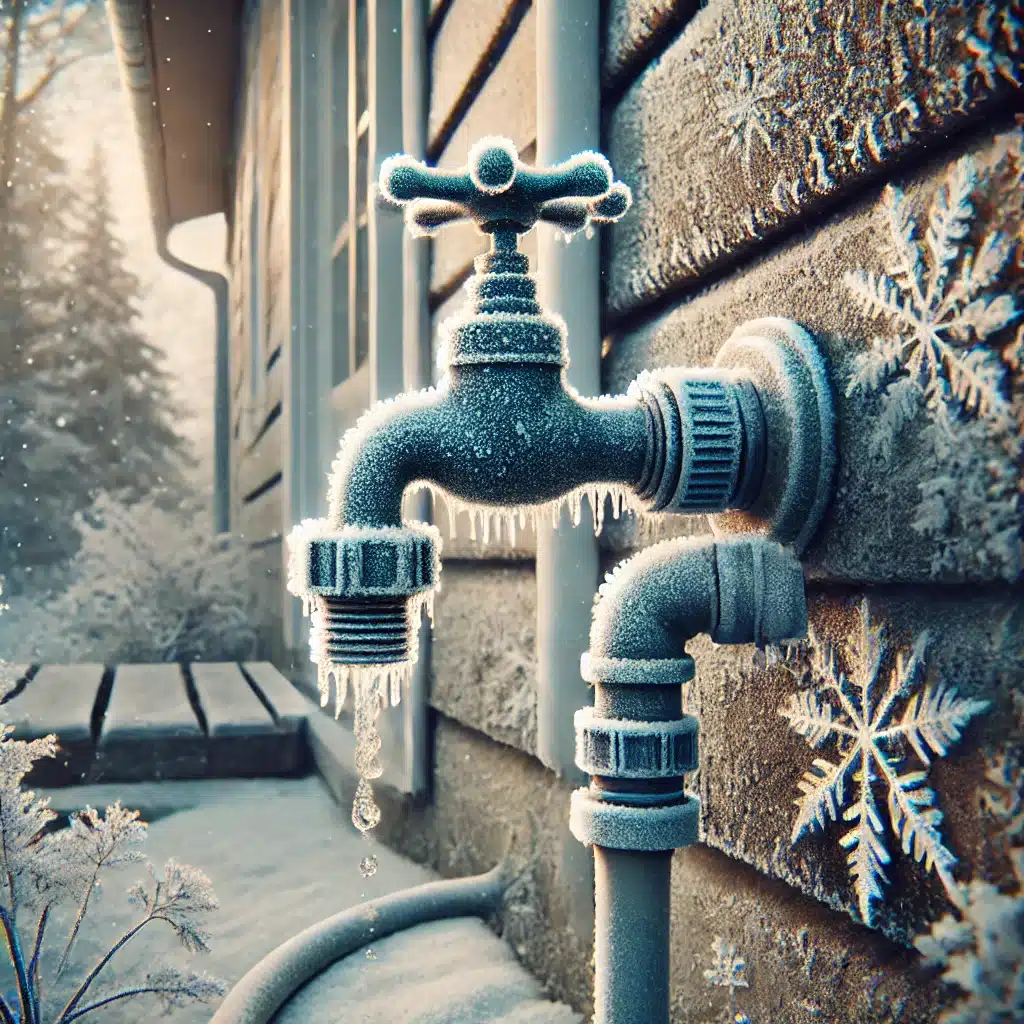As the weather begins changes, homeowners should start preparing their home for the colder months. However, one area that’s easy to overlook is the plumbing system. Winter can be especially harsh on plumbing, as freezing temperatures increase the risk of burst pipes, leaks, and other costly issues. In this blog, we’ll discuss why winter plumbing maintenance is essential and what steps you can take to prepare your plumbing system for the season.
Why Winter Plumbing Maintenance is Important
Cold temperatures can lead to frozen pipes, pressure buildup, and potential water damage, all of which can cause costly repairs. Taking preventive steps before winter helps ensure that your plumbing system stays in top shape throughout the season, protecting your home from unexpected disruptions.
Key Benefits of Winter Plumbing Maintenance:
- Prevents Frozen Pipes: Insulating pipes and keeping them warm reduces the risk of freezing and bursting.
- Minimizes Emergency Repairs: Routine checks allow you to address potential problems before they become major issues.
- Improves Efficiency: A well-maintained system runs more efficiently, which can lower energy costs.
- Extends Pipe Lifespan: Regular care and maintenance keep pipes in good condition, extending their overall lifespan.
Key Steps to Prepare Your Plumbing for Winter
Here are essential maintenance steps to help winterize your plumbing and keep it running smoothly all season long.
1. Insulate Exposed Pipes
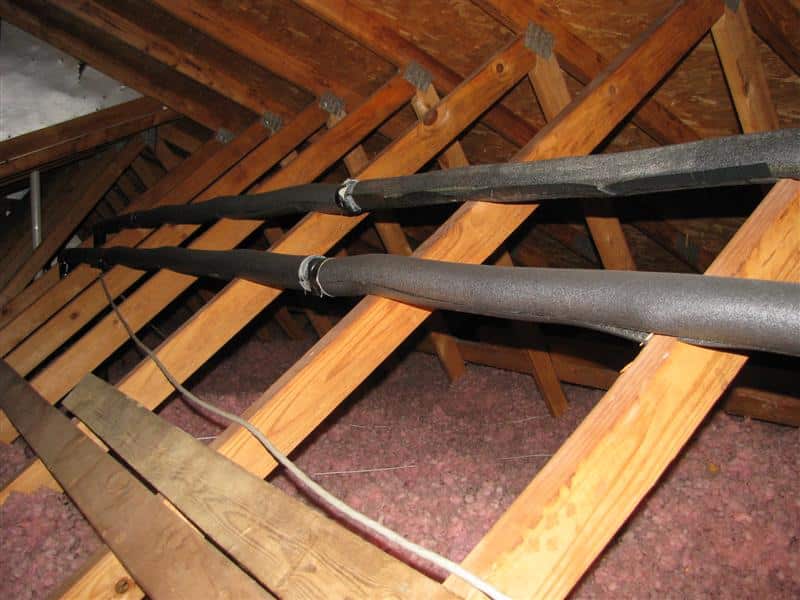
Why: Exposed pipes in unheated areas (e.g., basements, attics, garages) are vulnerable to freezing temperatures. When water inside pipes freezes, it expands, potentially causing the pipes to burst.
How: Wrap exposed pipes with foam pipe insulation or heating tape, which are available at most hardware stores. Focus on pipes located along exterior walls and in unheated areas of your home.
2. Disconnect and Drain Outdoor Hoses
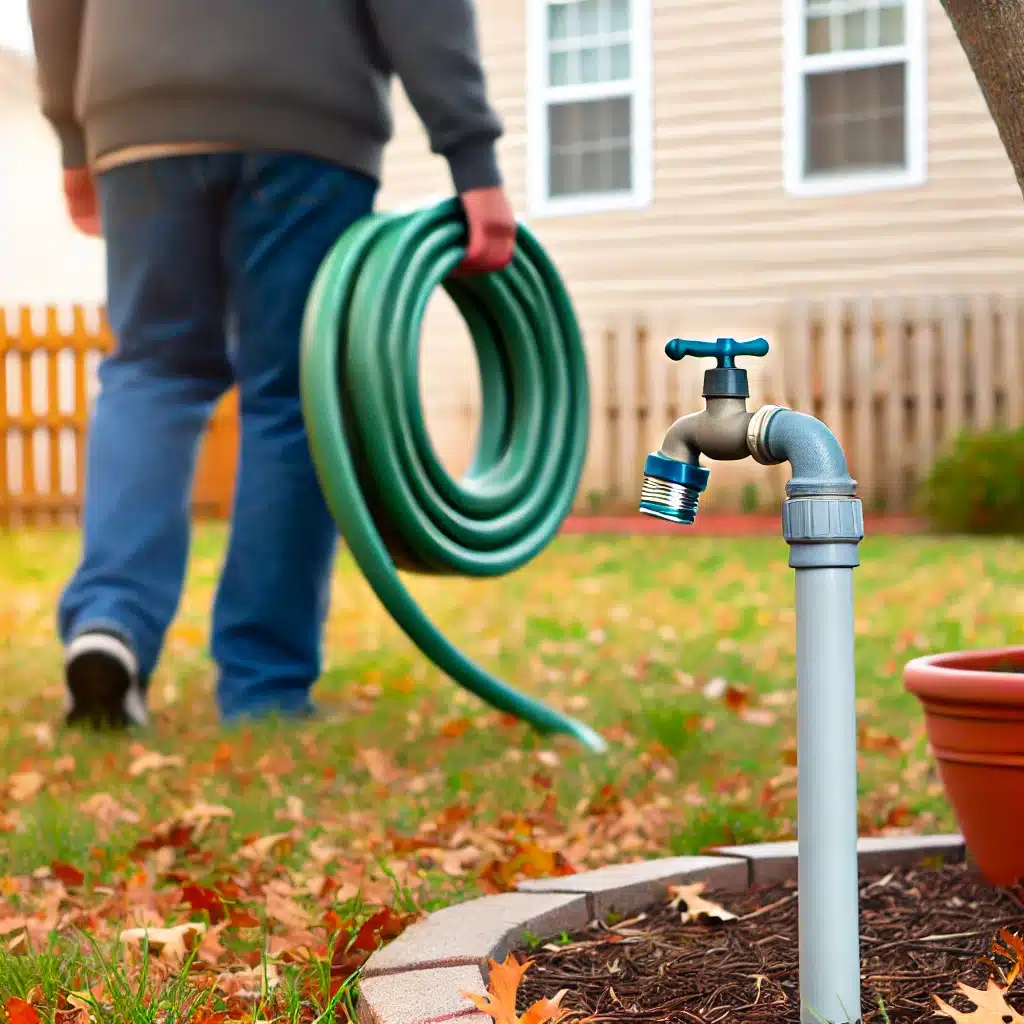
Why: Water left in outdoor hoses can freeze, causing pressure that can lead to burst pipes within your home.
How: Disconnect all outdoor hoses, drain them completely, and store them indoors. Shut off water to outdoor faucets and drain any remaining water in the line by opening the faucet.
3. Seal Exterior Gaps and Openings
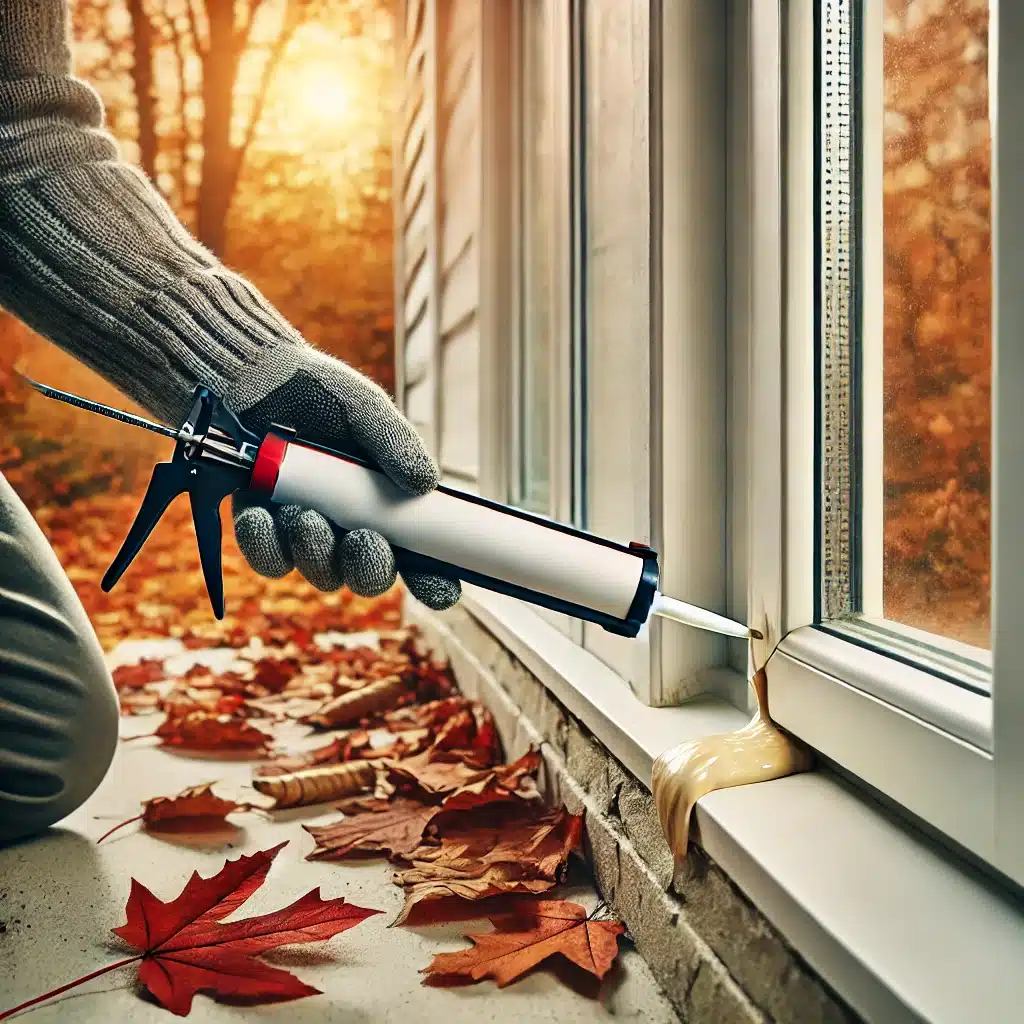
Why: Cold air can enter through cracks and gaps around windows, doors, and exterior walls, increasing the likelihood of frozen pipes.
How: Seal gaps and cracks with caulk or weatherstripping to prevent cold drafts from affecting indoor pipes. This can also improve your home’s overall energy efficiency.
4. Check Your Water Heater
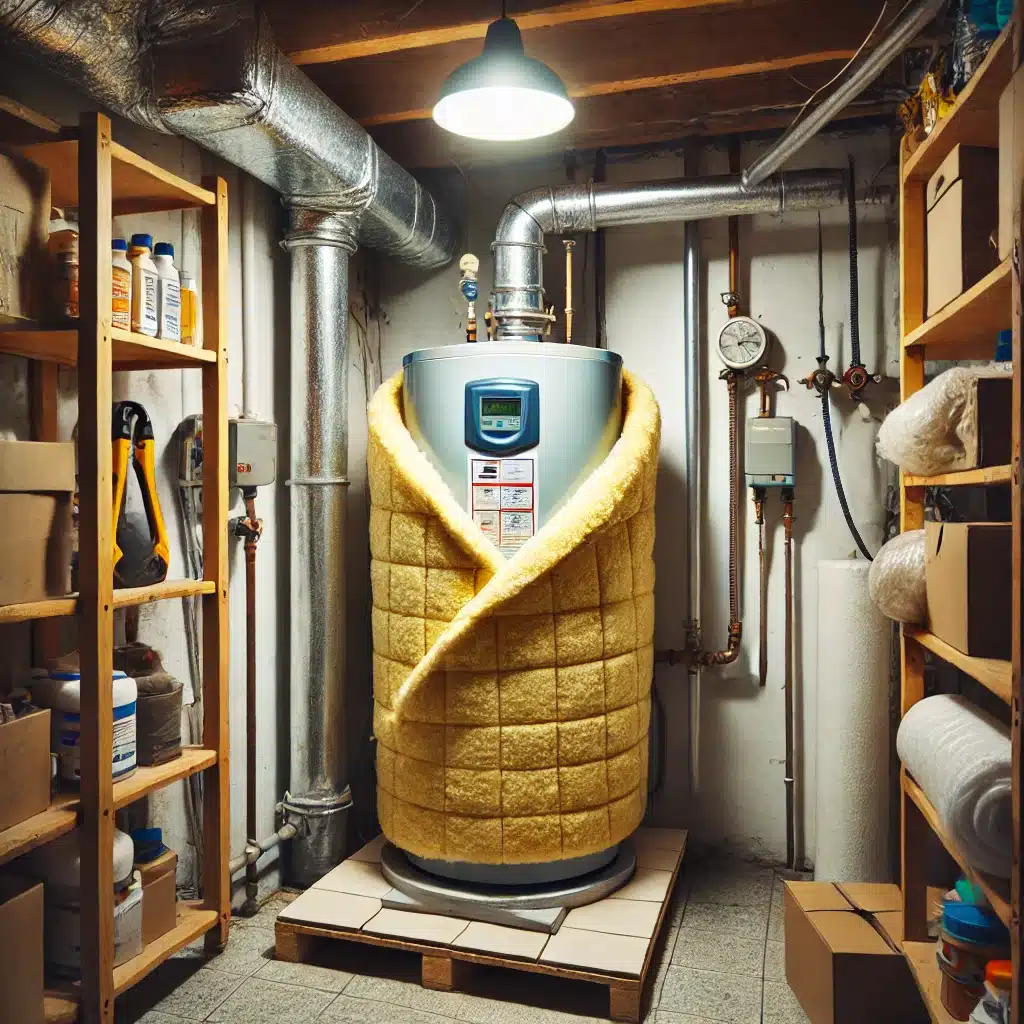
Why: Water heaters work harder in winter to deliver hot water, which can put additional strain on the unit. Cold temperatures can also reduce the efficiency of your water heater, making it take longer to heat water.
How: Flush your water heater to remove sediment build-up, which can reduce efficiency and cause damage. Additionally, set your water heater to a temperature between 120°F and 140°F for optimal performance. If your water heater is located in a cold area, consider insulating it with a water heater blanket to retain heat.
5. Locate Your Main Water Shut-Off Valve
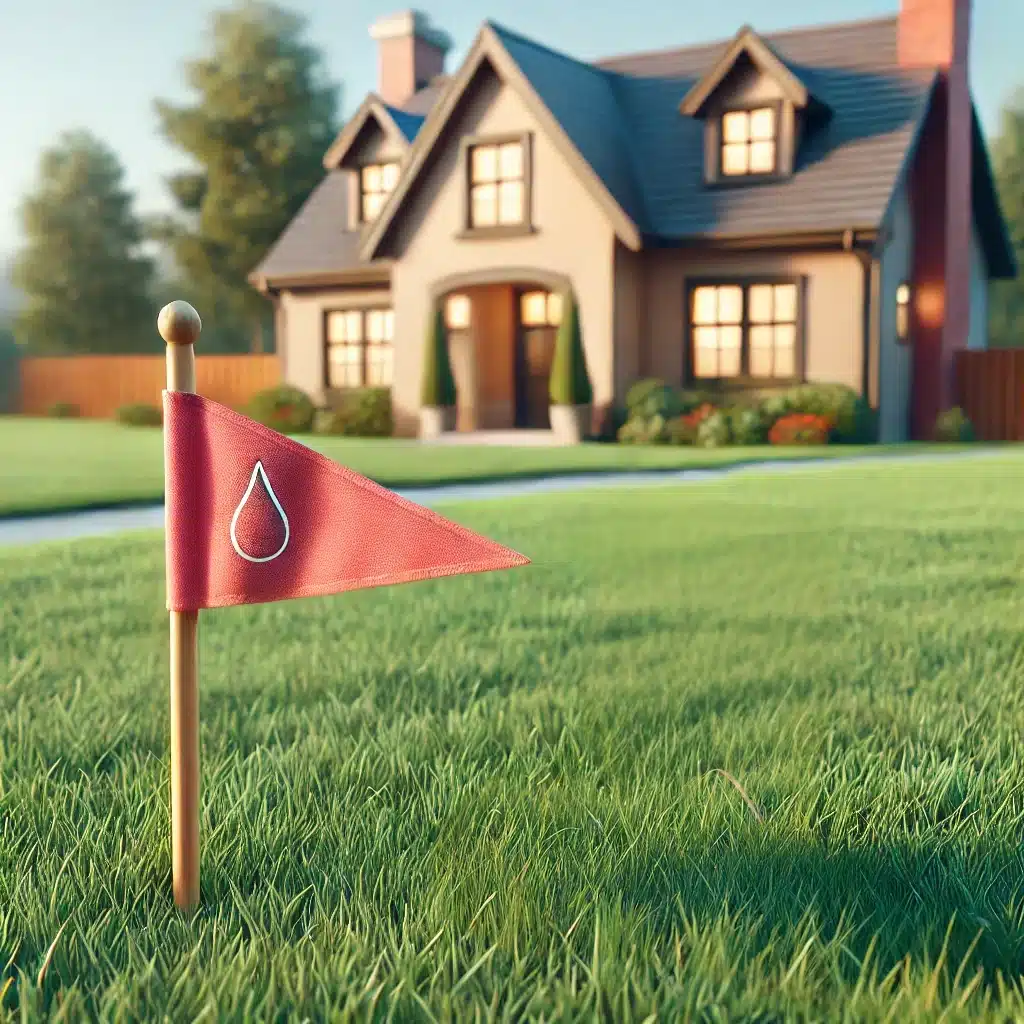
Why: In the event of a burst pipe, quickly shutting off the water supply can prevent extensive water damage.
How: Familiarize yourself with the location of your main water shut-off valve and ensure it’s easy to access. Make sure everyone in your household knows where it’s located and how to turn it off in case of an emergency.
6. Keep Your Home Warm

Why: Maintaining a steady temperature throughout your home, especially in areas with plumbing, helps prevent pipes from freezing.
How: Keep your thermostat set to a minimum of 55°F, even when you’re away. Open cabinet doors under sinks in kitchens and bathrooms to allow warm air to circulate around the pipes. Avoid drastically lowering your home’s temperature overnight, as this can cause pipes to freeze.
7. Conduct a Plumbing System Inspection
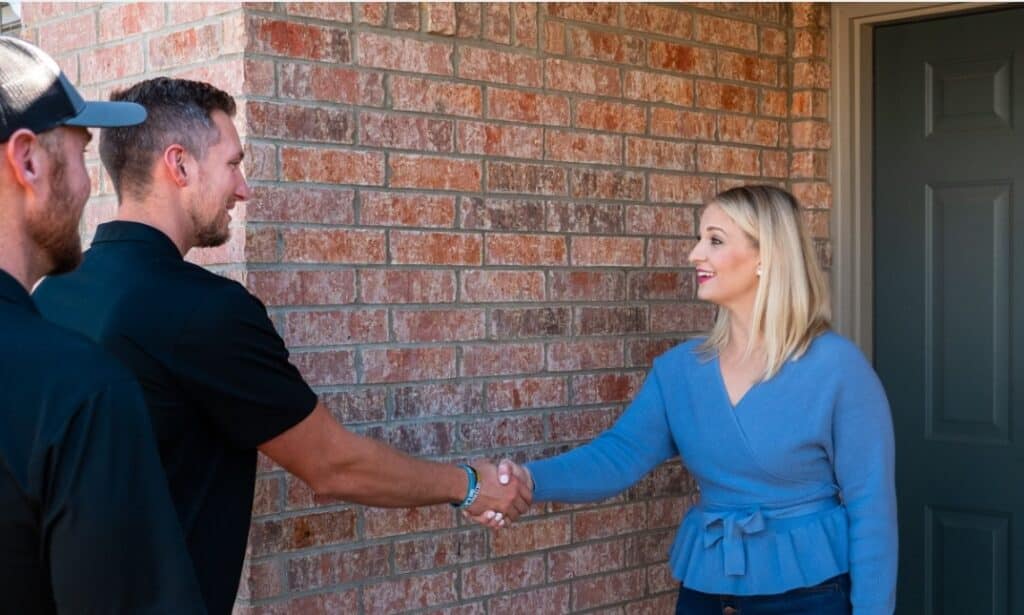
Why: A thorough inspection can reveal potential issues like small leaks, cracks, or signs of wear before they escalate in colder conditions.
How: Schedule a professional plumbing inspection to identify any weak points in your system. Plumbers can also recommend additional steps tailored to your home’s specific needs for winter preparation.
Additional Tips to Prevent Frozen Pipes
- Allow Faucets to Drip: In extreme cold, allow faucets (especially those along exterior walls) to drip slightly to keep water moving, which can prevent freezing.
- Install Heat Tape: For pipes in particularly vulnerable areas, heat tape can be applied to help keep them warm.
- Monitor Outdoor Temperatures: Be especially vigilant during sudden cold snaps and take extra precautions if temperatures drop drastically.
Conclusion
Winter plumbing maintenance is an essential part of protecting your home. By insulating pipes, draining outdoor hoses, maintaining your water heater, and taking other preventive steps, you can enjoy peace of mind knowing that your plumbing system is ready for the cold months ahead. Don’t wait until the first freeze—prepare your plumbing for winter now and avoid costly repairs later.
At Superior Plumbing, we’re here to help you with all your winter plumbing needs. Contact us today to schedule a winterization inspection or to learn more about our maintenance services.

